Special designed cups made possible to drink in space, using ‘capillary gradient’ to keep liquid from floating away.
Astronaut Kjell Lindgren conducts the ‘Capillary Beverage’ experiment on a workbench (MWA) aboard the International Space Station during Increment 44/45.
The six prototype cups are made from a 3D-printed transparent polymer, to drink espresso using the ‘ISSpresso‘ machine.
The dynamic fluid interface profiles are digitized for comparisons with theoretical and numerical analyses. Capillary surface configurations, stability, drain rates, and liquid residuals are examples of experiment measurement objectives during the intermittent and continuous drinking procedures. The experiments included tests on six space cups that vary cup volume, wetting condition, lip condition, fill level, fill location, fluid type and fluid temperature. Experiments are performed for at least 10 drinks: cold, warm and hot water, a chocolate breakfast drink, Kona coffee with and without cream, a lime drink, fruit punch, a peach mango smoothie, and espresso.

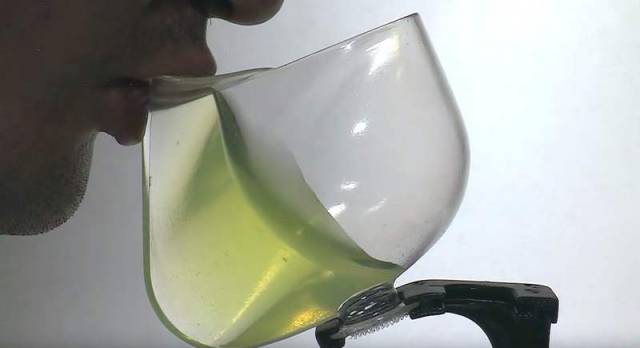
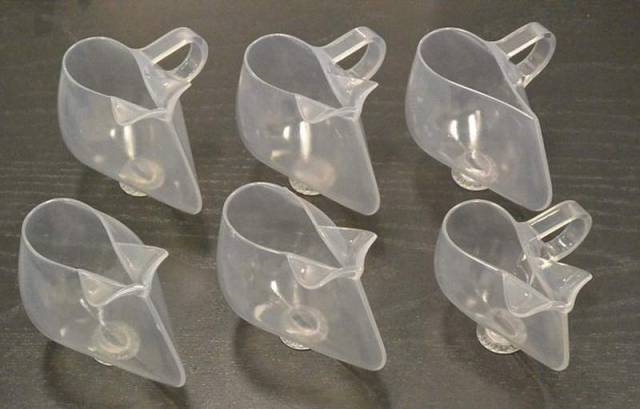
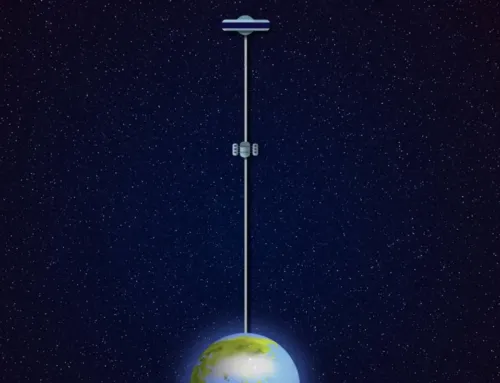
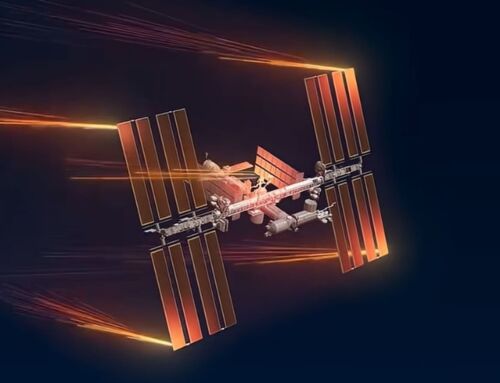
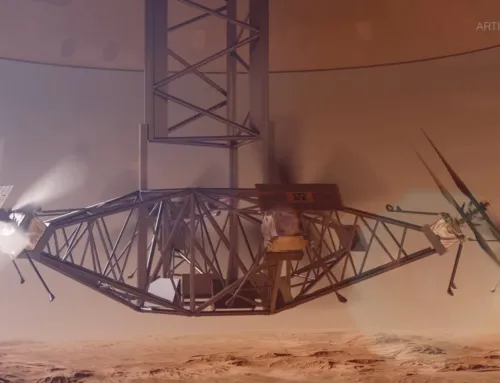
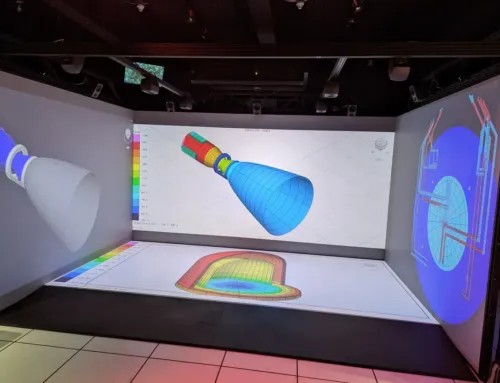
Leave A Comment